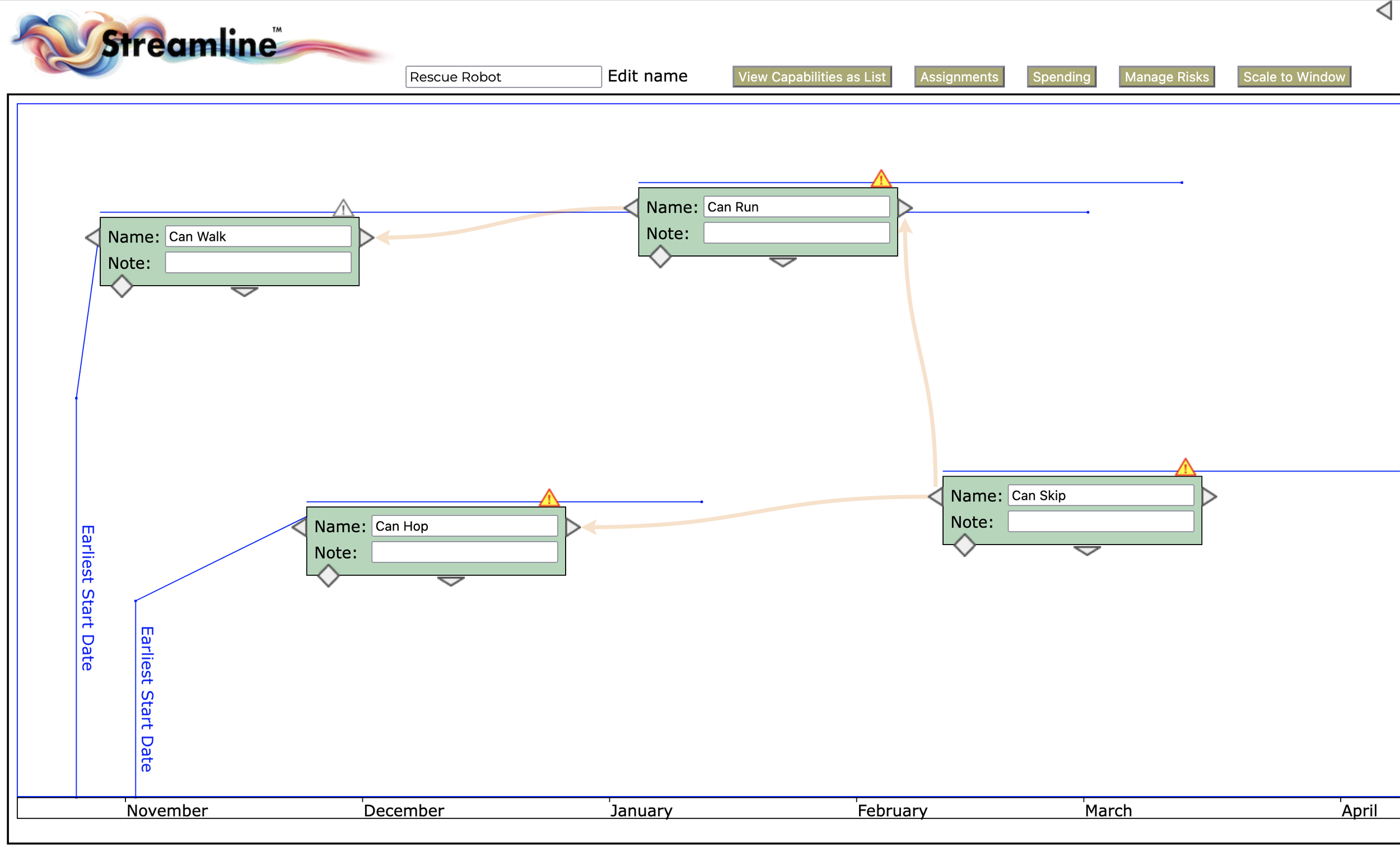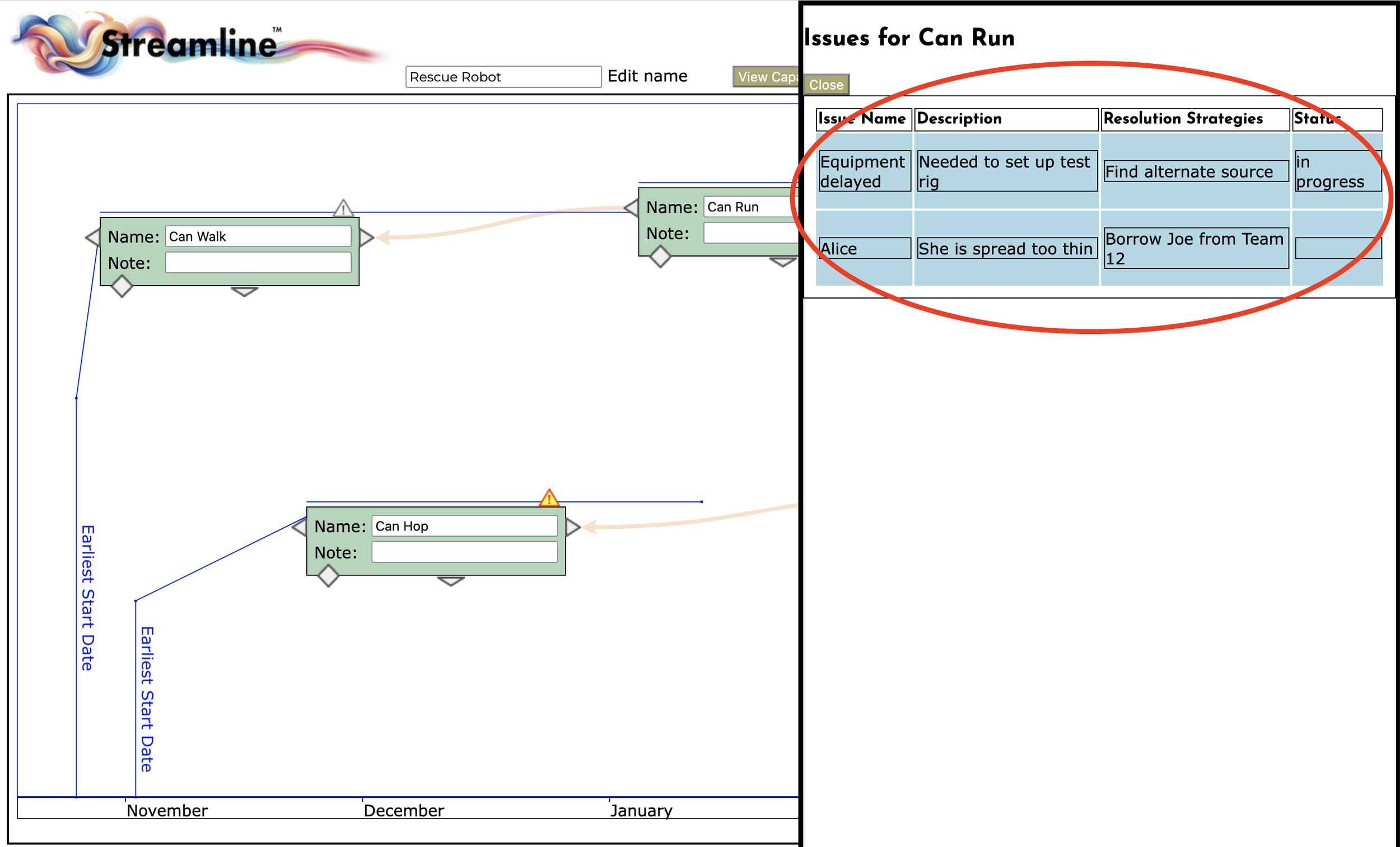Focus on Issues – Not Tasks
Managers at companies that move really quickly focus on outcomes and issues, not tasks.
We have explained how SpaceX does this: rather than tracking tasks, SpaceX managers give people and teams problems to solve. They do this by being clear about the outcome that they want to achieve. In other words, they give people a problem to solve, rather than a task to do.
And then rather than walk away and track tasks, they check in and ask,
“How is it going? What issues are in the way?”
Outcomes and issues: that’s the core. That enables leaders to lead: rather than asking about task completion, they ask a much more informative question:
“What issues are in the way?”
That is followed by generative discussion about direct causes, root causes, and what can be tried to shed light on things.
It is all about solutioning.
Don’t Be a Taskmaster; Instead, Be Generative
Being obsessed with tasks leads leaders astray. With a task-based approach, their questions are always things like “When will you be done?” Such questions are not substantive. They are not supportive – they are aggressive. They are not intelligent; they are not generative. They make people defensive.
Generative questions are appreciative: they ask about challenges, and acknowledge those challenges. They then ask about causes and seek understanding. They then shift to solutioning. That is how they become supportive: the goal is to solve the problem and resolve the issue, rather than put pressure on the individual or the team. By the way, that approach is known as appreciative inquiry.
A generative approach puts everyone on the same team: it brings the manager into the team, and makes them a team member. It is like the military leader who leads the charge: they are there with you, trying to solve the problem with you, exposing themselves to risk along with you.
Streamline is focused on outcomes and issues, not tasks. That is why it is radically different from other project tools. Streamline blends strategy and execution into a seamless flow: objectives and key results are always in sight; smart goals tie back to execution flows which tie back to strategies which tie back to objectives and key results – all in line-of-sight of each other.
Focus on Issue Resolution
Streamline was designed from the beginning to focus on goals, alignment, issues, and flow. Here is how Streamline helps you to focus on issues.
Streamline was designed from the beginning to focus on goals, alignment, issues, and flow.
The view below shows a Streamline initiative “roadmap” for a hypothetical product that is a search-and-rescue robot. The boxes are outcome-oriented things that need to be accomplished: we call them capabilities to be developed. You can also think of them as milestones. In the example, the capabilities are “Can Walk”, “Can Hop”, “Can Run”, and “Can Skip”. The “Can Skip” capability is shorthand for the robot being able to run and leap over obstacles.
For another kind of product, say a bank credit system, an example of a capability might be, “Our system supports partner X”. Another example might be, “Our system now is resilient w.r.t. data region failures”. A third example might be, “Product A is now fully integrated with product B”. Capabilities can be very high level, or low level – it all depends on the nature of the product/project.
The capabilities (or milestones) each have smart goals associated with them – as many as you need. These are not shown – to see them, you must click on the button “View Capabilities as List”.
Notice in the diagram that the capabilities have little hazard warning triangles above their top right corners. Some of those are gray and some are yellow and red. The yellow and red hazard triangles indicate that the attached capability has issues that need to be resolved. Think of an issue as a “blocker”, or really anything that needs to be dealt with. Clicking on the hazard sign opens the issue list for the capability.
Once opened, a list is shown of the issues that have been identified for the capability. See the figure below, and the table circled in red.
There are four columns in a capability’s issue list:
Issue name
Description
Resolution strategies
Status
These are enough to record what the problem is, what is being done about it, and what the latest update is.
This is instead of asking someone things like,
Is your task done?
How done is it? 50%? 90%?
When will it be done?
Do you need help?
Because guess what: in product engineering or programming, if you ask someone how “done” a design or development task is, they don’t actually know. If they say 50%, that means that they have worked half of their up front time estimate and are deep into the work, but they really have no clue how much longer it will take.
In product engineering or programming, if you ask someone how “done” a design or development task is, they don’t actually know.
And if they say it is 90% done, that means that they have finished coding or designing it, but it doesn’t work, and they are not sure why – they are currently trying to diagnose what is wrong. That’s normal: engineering and programming are 10% design and implementation, and 90% tracking down and fixing the myriad tiny design and implementation flaws that keep it from working.
That means that if someone says that something is 90% done, they really have no clue when they will be done – it could be an hour from now, or a week from now!
So if you ask, When will it be done, they don’t know! If they tell you, they are guessing!
Then if you ask them if they need help, they will likely say no, because to say “yes” is to admit that they cannot figure out why their code or their design does not work. It feels shameful, because you haven’t asked about what their challenge is, or anything about their struggle: all you have asked is “Are you done?”, which is a kind of challenge and an attempt to box them in – to make them commit to something that they don’t actually know.
Streamline shifts the conversation to issues. That is a much healthier conversation.
The up-front display of issues for each capability makes it very easy to add and update issues for the various capabilities being worked on. It provides visibility to everyone. It is also very simple and easy to find. This promotes transparency.
Streamline’s philosophy is that people should focus first and foremost on outcome-oriented goals – the outcomes we want to achieve – and issues that we are working to resolve in order to turn those goals into reality.
The best way to resolve an issue might be to change one’s approach, which would invalidate our current task list.
Task status is not the focus, because the best way to resolve an issue might be to change one’s approach, which would invalidate our current task list. That’s not an outlier case: it is extremely common – perhaps even the typical path that things take.
That’s why it is not a good idea to build a plan around tasks, or focus on task status. We should be focusing first on goals, and then on issues.
It works for SpaceX!
Two Falcon 9 boosters returning to the launch complex after delivering satellites to orbit. SpaceX is the only company that has been able to do this.






